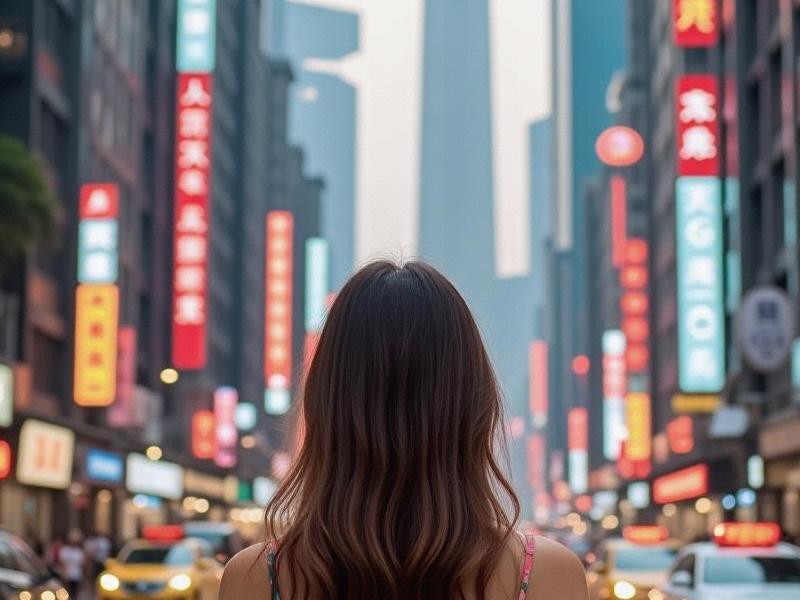The Yangtze Delta Megalopolis: Shanghai's Expanding Sphere of Influence
⏱ 2025-05-31 00:37 🔖 爱上海千花网
📢0℃

The dawn mist over Hangzhou Bay reveals an astonishing sight - a continuous urban glow stretching from Shanghai's Pudong skyline to the ancient canals of Shaoxing. This is the Yangtze River Delta (YRD) megalopolis in 2025: 26 cities, 150 million people, and nearly 20% of China's GDP, all orbiting around Shanghai as their economic sun.
Section 1: The Economic Gravity of Greater Shanghai
The statistics tell a compelling story:
- The YRD generates ¥24 trillion annually (surpassing Italy's GDP)
- Over 40 Fortune 500 companies have regional HQs in Shanghai
- High-speed rail connects Shanghai to Nanjing (1h15m) and Hangzhou (45m)
This economic integration manifests in surprising ways. Semiconductor plants in Wuxi supply Shanghai's tech hub, while Ningbo's port handles overflow from Shanghai's Yangshan Deep-Water Port. "We call it 'factory without walls'," explains Dr. Liang Zhe of Fudan University. "Research in Shanghai, prototyping in Suzhou, mass production in Nantong."
Section 2: Transportation Revolution
上海花千坊龙凤 The YRD's transportation network resembles a spiderweb with Shanghai at its center:
1. The newly completed Shanghai-Suzhou-Nantong Yangtze River Bridge (world's longest rail-road bridge)
2. 18 cross-city metro lines (including the Shanghai-Hangzhou Metro connection)
3. Autonomous vehicle corridors linking industrial parks
The impact is profound. Marketing executive Zhang Wei lives in Kunshan (connected to Shanghai by 17-minute high-speed rail), works in Jing'an District, and clients in Hangzhou. "My work radius expanded from 10km to 300km without changing jobs," he says.
Section 3: Cultural Preservation Amid Integration
While economies merge, local cultures thrive. The YRD now boasts:
- 38 UNESCO Intangible Cultural Heritage sites
上海娱乐 - The "Water Town Protection Network" preserving 62 ancient canal towns
- Bilingual signage in historical areas (Chinese/English)
In Zhujiajiao, 50km from Shanghai, artisans maintain centuries-old rice wine brewing techniques while selling to Shanghai cocktail bars. "The city wants our tradition, not just our land," says brewer Wu Xiaogang.
Section 4: Environmental Challenges and Solutions
Regional growth brings ecological pressures:
- Air quality coordination across 26 cities
- The "Blue Circle" initiative protecting Taihu Lake
- Shared waste processing facilities
上海喝茶群vx
Shanghai's "Sponge City" technology now gets implemented in Wuxi and Jiaxing, reducing regional flood risks by 40%. The YRD Carbon Exchange, launched in 2024, has already cut emissions by 18%.
Section 5: The Future of Regional Integration
The 2035 YRD Master Plan envisions:
- A "Science Corridor" linking Shanghai's Zhangjiang to Hefei's quantum labs
- Unified healthcare insurance across the region
- 5 more Yangtze River crossings
As evening falls on the Bund, the lights of Suzhou's industrial parks glitter across the river. Shanghai may be the star, but its true power lies in this constellation of cities - each maintaining unique identities while moving in synchronized economic orbit. The future of urban China isn't in isolated megacities, but in these interconnected networks where Shanghai plays conductor to the region's symphony.
Shanghai Style Revolution: How Local Women Are Crafting a New Global Beauty Paradigm《边界消融时:上海与周边城市的"同城化"实验》Shanghai Showgirls: Entertaining Life on the Edge of CultureShanghai and the Surrounding Area: A Dynamic Hub of Economic and Cultural ExchangeShanghai's Nightlife Evolution: The New Era of Entertainment Clubs in China's Global CitySilicon Bund: Shanghai's Ambitious Quest to Become Asia's Tech Capital《共饮一江水:长三角生态绿色一体化发展示范区三年记》Shanghai's Nightlife Evolution: How Entertainment Venues Are Redefining Urban Leisure in 2025Shanghai's Neuro-Aesthetic Singularity: Where Jiangnan Silk Algorithms Rewrite Quantum GlamourNeon Renaissance: How Shanghai's Elite Clubs Are Redefining China's Nightlife Economy

